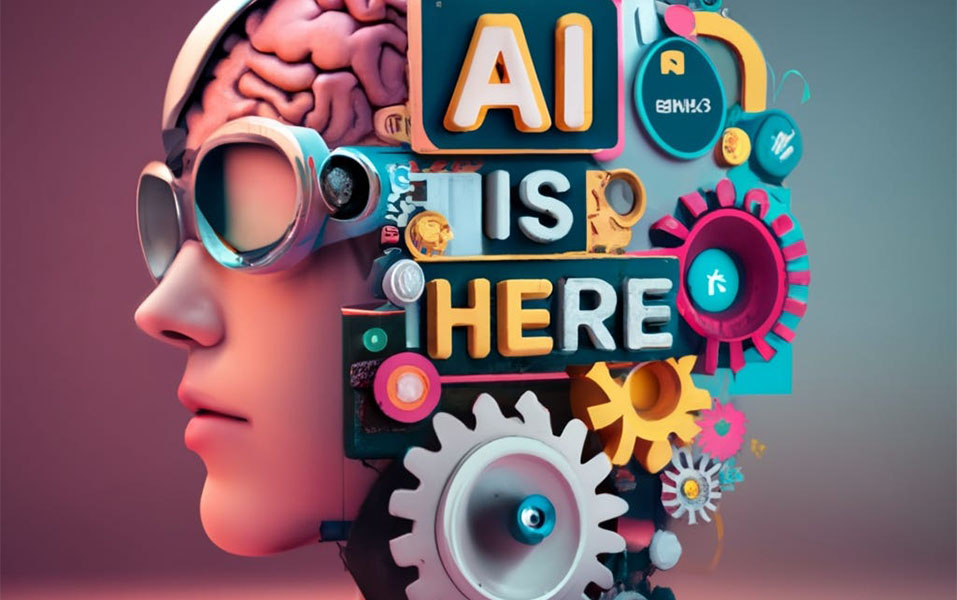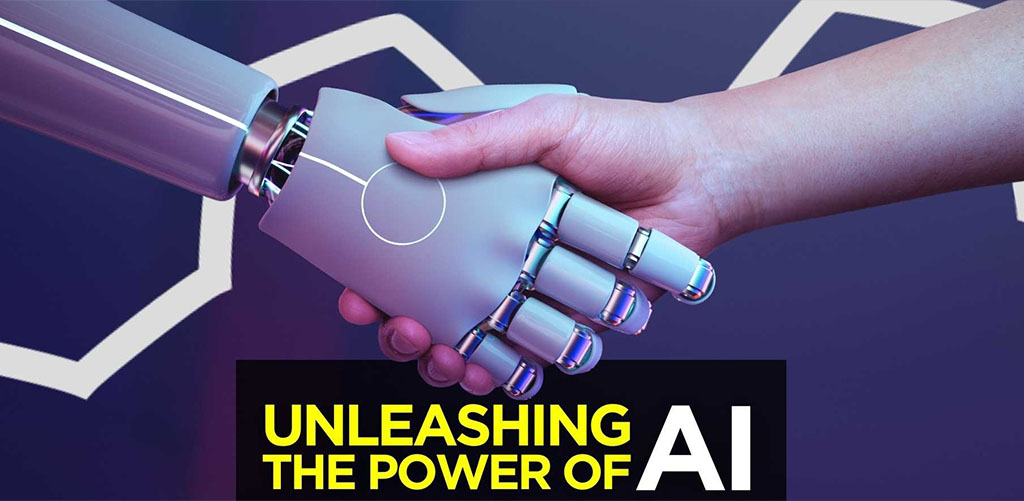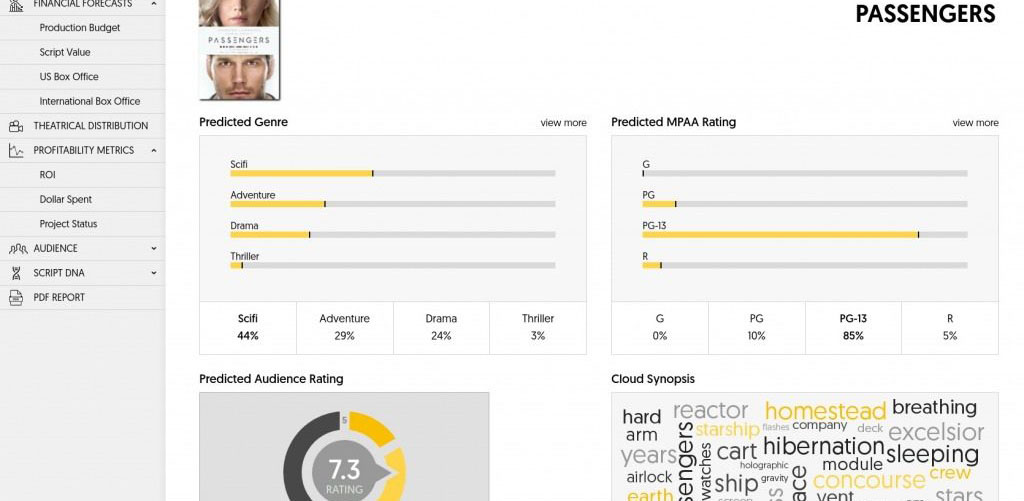

The world of Communication Design is changing rapidly as AI makes it quicker, better, and more fascinating. Artificial intelligence (AI) is no longer a distant idea. It’s increasingly transforming how we communicate powerful thoughts. Imagine software that can:
This is the reality of AI in Communication Design, creating a future where human brilliance and machine intelligence work hand in hand.

Understanding AI is essential for staying ahead in this fast-changing industry. An identical perspective was reflected in a survey conducted by PwC which found that 77% of CEOs believe AI will dramatically impact their organisations in three years.
Now, let’s explore how AI is revolutionising communication design!
From optimising workflows to enhancing creativity, AI-powered design tools are redefining how designers work and communicate. Some applications include:
Automation has allowed designers to contribute more time to conceptualising and planning.
AI tools like Canva, Generative Fill and Adobe Sensei save time by providing ideas based on your preferences.
For instance, they simplify time-consuming activities, letting designers focus on strategy like concept creation, UX design, and communication.
JD Institute’s design programs empower you with the abilities to integrate AI into your design process.
AI enables personalised communication experiences by analysing user data and behaviour. Platforms like Amazon, Spotify, and Netflix use AI algorithms to recommend customised content, artwork, and products.
An example would be Netflix’s recommendation of related shows or films based on our viewing history.

AI optimises complex cinematic (VFX) effects. Motion capture, rotating scenes, and realistic settings can be automated by AI. This helps filmmakers create stunning graphics faster.
However, the use of AI in movies is increasing.
For example, ScriptBook is an AI platform that helps analyse scripts, predict audience interest, and forecast box office success.

You can join JD Institute’s Communication Design course to learn about the impact of AI tools on the film industry’s growing standards.
The Rise of AI in Communication Design is bright, with advancements in personalization, creativity, automation, ethics, and collaboration. But it won’t replace human designers; instead, it will help them create more powerful, engaging, and user-focused communication environments.
Even though AI is getting stronger, Human-centred design is still important in this dynamic industry. Here’s why:
AI can analyse data and generate ideas, but it can’t understand the human element. Designers are the ones who translate data into meaningful communication that relates to an audience.
AI lacks the natural understanding and imaginative touch of human designers. Human sense is still essential for making smart design decisions, considering user expectations, emotions, and experiences.
AI follows rules and uses information, yet it can make mistakes or overlook important things.
Human-centred design focuses on making sure that the things we create are fair, universal, and respectful to everyone.
Thus, AI is a powerful tool, but it benefits most from human imagination and concentration. When they operate together, they make communication experiences that are remarkable for everyone!
In the age of artificial intelligence, become a leader in Communication Design by exploring and gaining hands-on expertise at the JD Institute.